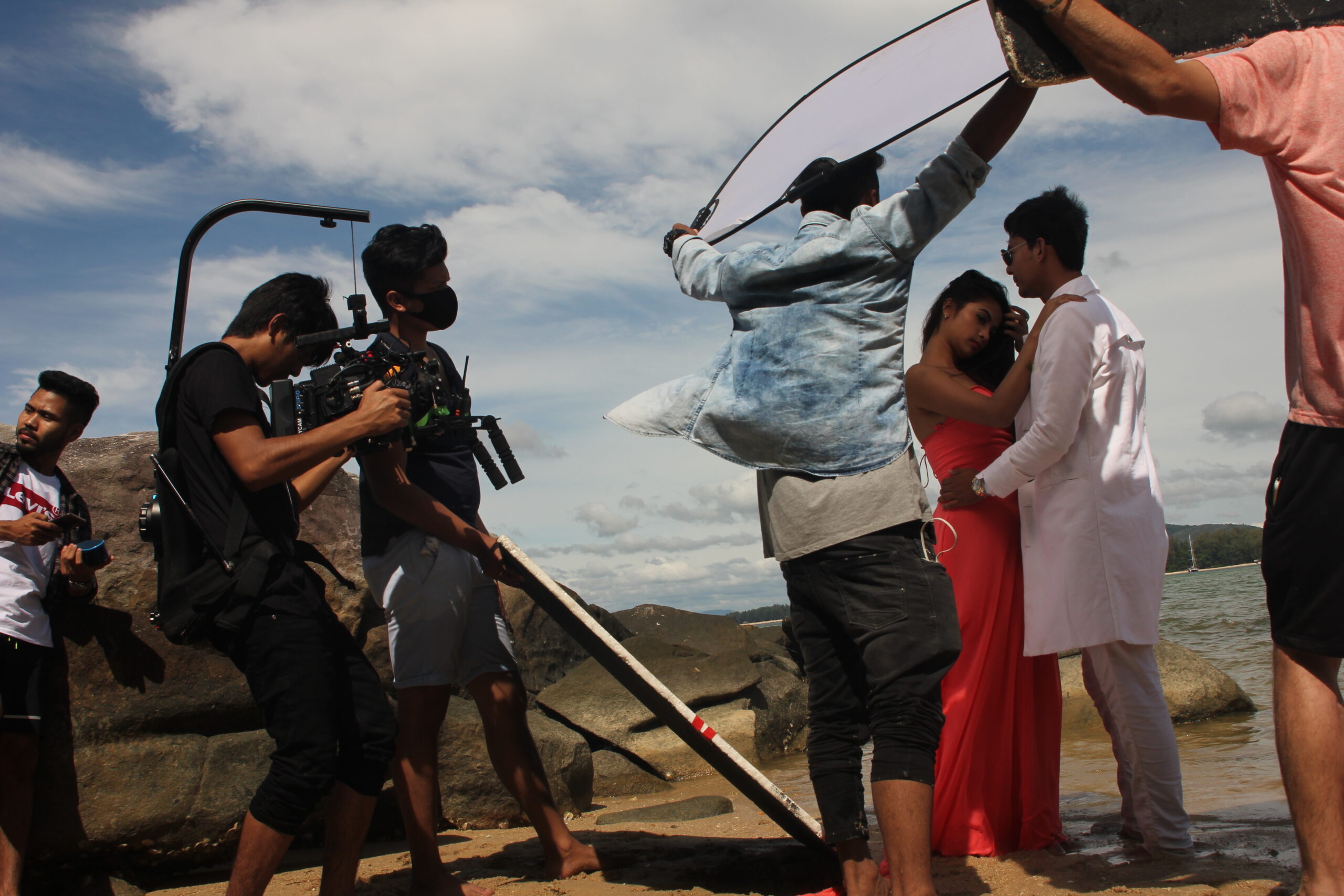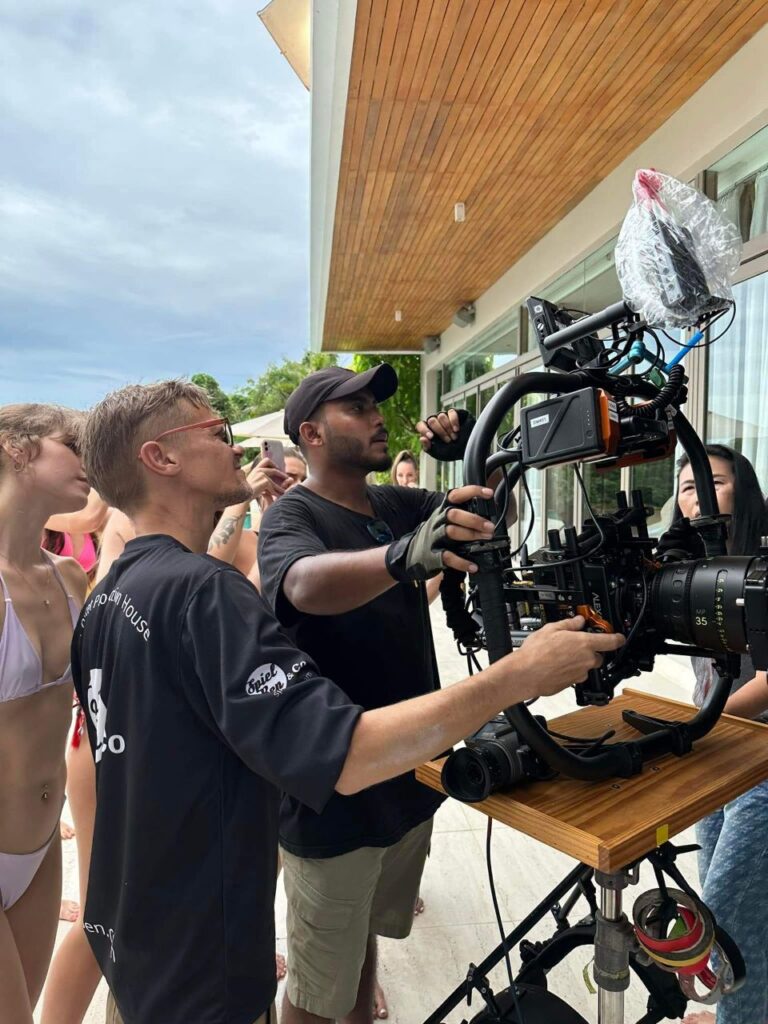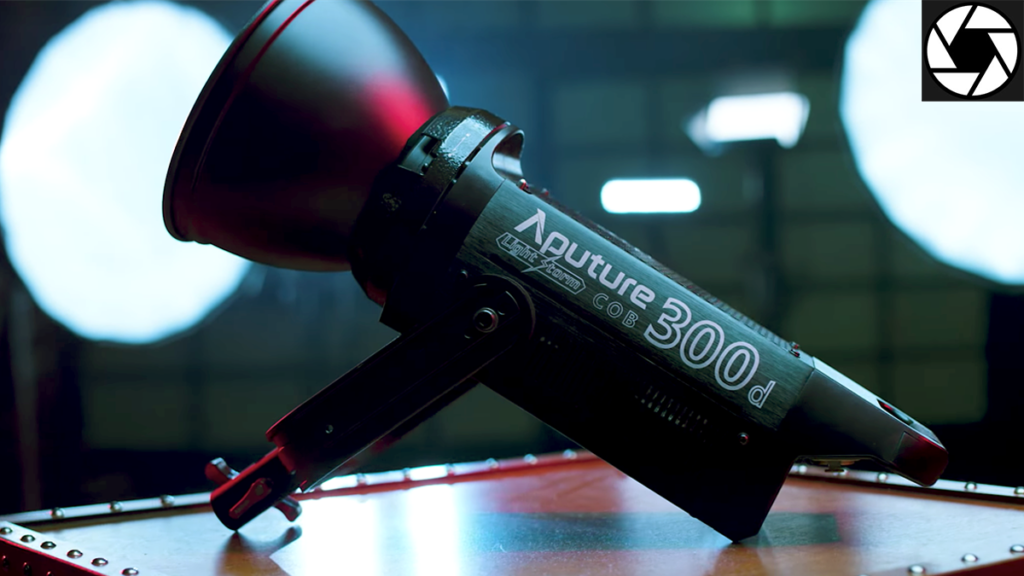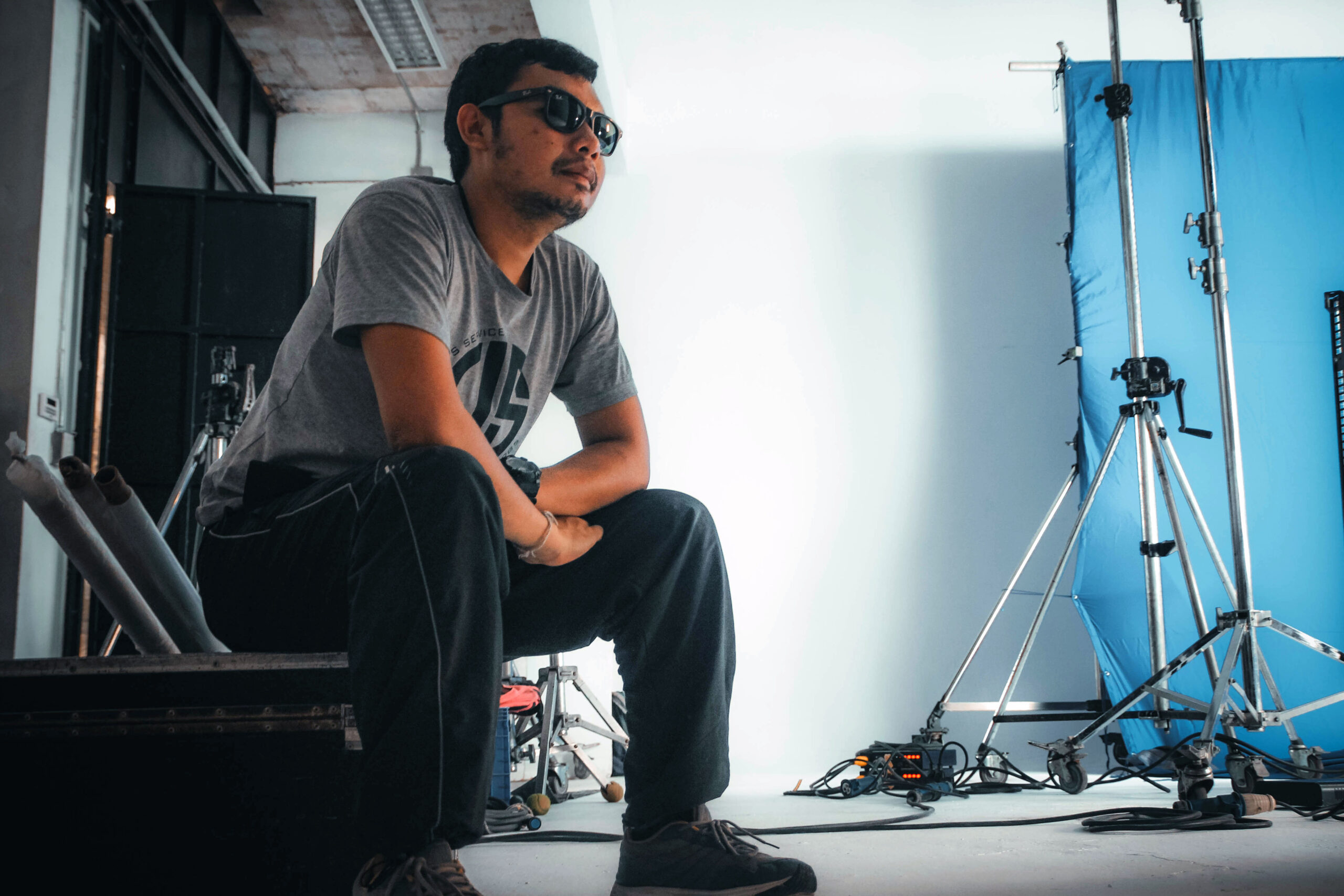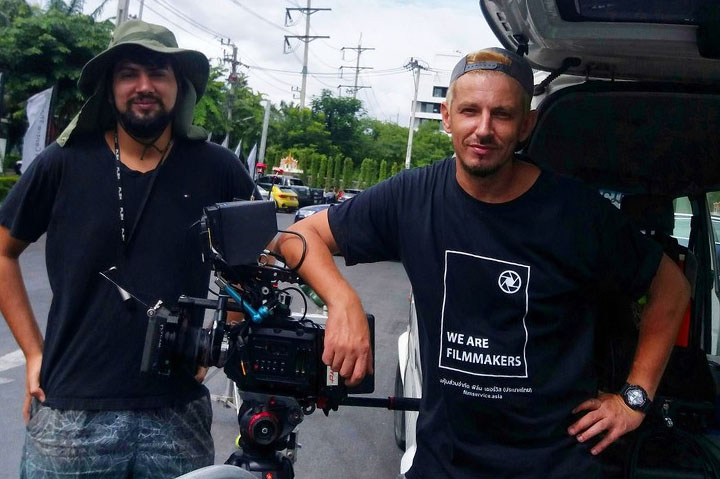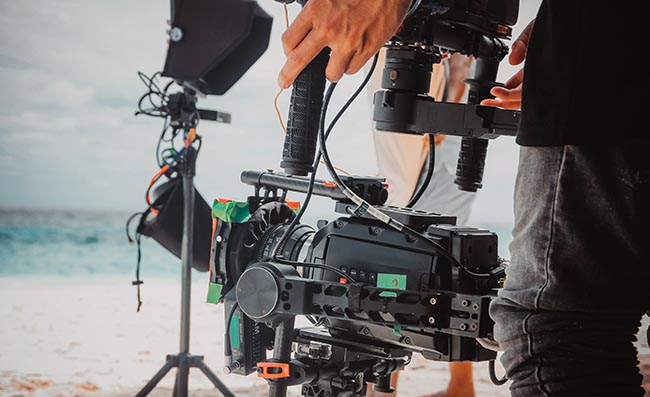Steadicam and the 3-axis gimbals are both great tools in the filmmaker’s toolchest. They have different advantages and disadvantages. And like any tool, you should look at what you need then look at what tool is best for that job.
If you’re a one-man-band videographer, you do run-n-guns, you own a small camera like Blackmagic Pocket 4K with few zoom lenses, you want the ability to travel light with your equipment and keep your costs down while getting smooth 4K footages – then gimbal as MOZA Air or smallest DJI Ronin are definitely a way to go.
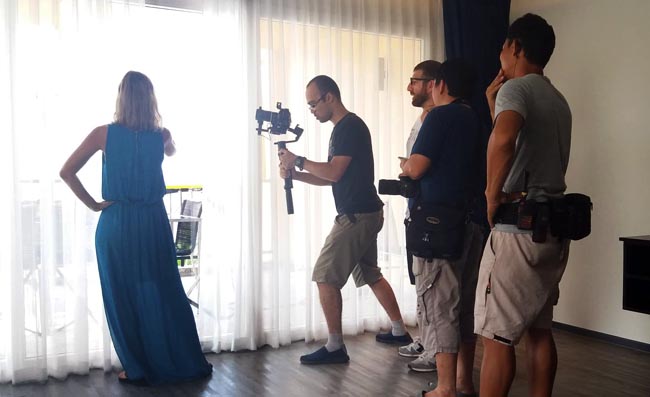
But, if you are on a budgeted movie or music video, need to hire someone that can come in with their gear, handle any camera and lens package you throw at them, get super smooth footage for walk-n-talks, up and down stairs, following running people – then going with a professional steadicam op is the way to go. You should look at their reel ahead of time, know that they can frame a good shot and trust that you’ll be ready shoot before the actors are out of the make-up chair.
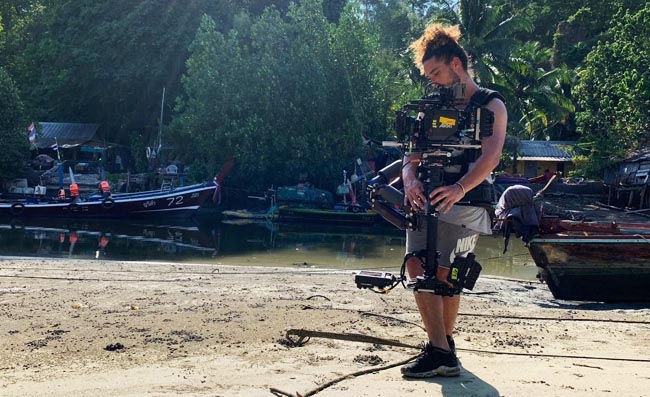
Are you a DP yourself and looking to add to what you can offer? Either option would be good for that, depending on the cameras you primarily use. Do you work for other DP’s? Ask them what they would like to hire you for.
If you’re looking to become an operator yourself and wondering if you should buy a gimbal or steadicam, we would recommend that you try them both. Most popular versions are available for daily rent in our storage, please follow the link: https://rental.filmservice.asia/product-category/steadicam-easyrig-movi-ronin-thailand/
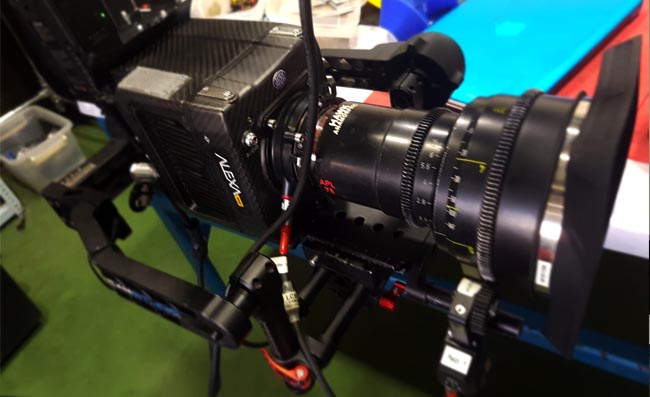
At the end of the day, are you getting footage that looks good? Honestly, the most part the footage from the gimbals looks pretty good. Certain elements do stand out though. With many pan movements you can certainly tell that the gimbals are controlled by a computer; the software sometimes over compensates or does minor jittering. As opposed to a steadicam, where everything is manual and controlled by the human hand of the operator, the movement feels more organic. Additionally, with the arm and vest of the steadicam, the up and down movement of the operator’s footsteps are dampened, resulting in real smooth footage while walking or running.
Although the makers of the gimbals claim that it it takes just minutes to get them up and running, you’re dealing with complicated software that is controlled by bluetooth on your phone and it’s far from perfect. Whether it’s because the camera doesn’t quite fit or the system is having trouble calibrating, numerous things can go wrong costing you precious time on set. Even a simple lens change means that the system has to recalibrate. Compare that to the Steadicam system, where a good op can have any camera setup balanced and ready to go in under 20 minutes every time. Since most everything on the rig is physics not computers, there is a much smaller chance of something going wrong. And small changes, like a lens swap or matte box can be adjusted on the fly.
Hope that we had clear up some points for you to think about when considering whether to hire a steadicam or gimbal operator, or what kind of gear you’d like to invest in.
Thanks for reading and feel free to post your comments below.

